4 Stages Of Cabin Crew Training
Apr 02, 2019 • 891 views
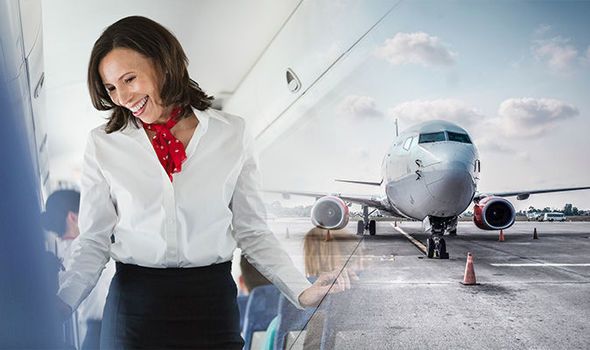
Job training empowers people to realize their dreams and improve their lives.
School education and college education can push a person towards their dreams but job training helps them to build their career.
Job training empowers people to realize their dreams and improve their lives.
A flight attendant job is to serve airline passengers while also keeping them safe. To become a flight attendant you will have to go through a training program in both classroom and by performing in-flight situation to learn the procedures and regulations of the airline you will be working for. You must pass your training program in order to be hired as a flight attendant.
The duration of training ranges from 3 to 6 weeks. The training usually takes place at the airline's flight training centre and is required for FAA certification.
Flight attendant's learn emergency procedures such as evacuating aircraft, operating emergency equipment and administering first aid. They also receive specific instruction on flight regulations, company operations, and flight attendant's job duties. The four stages of training include:
1. Theoretical training.
The first stage of training includes theoretical training. Daily twelve hour classes which include CPR and first aid, the theory of flight and plane aerodynamics, air traffic control principles, aeroplane evacuation procedures, FAA emergency protocols, in-flight announcements, helping disabled passengers, and many more.
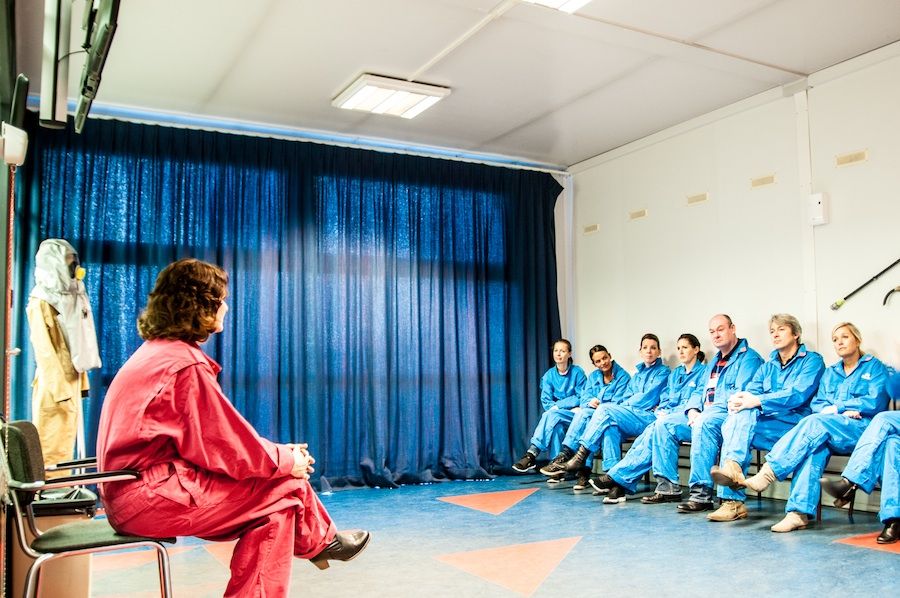
2. Medical emergency training.
When an in-flight medical emergency occurs, immediate access to care is limited. Cabin crew are trained to provide first aid and limited medical assistance but are not qualified to deal with all situations.
Hence they follow the protocols in the critical emergency.
Medical emergency training includes practical training which provides hands-on training
to deal with the situation.
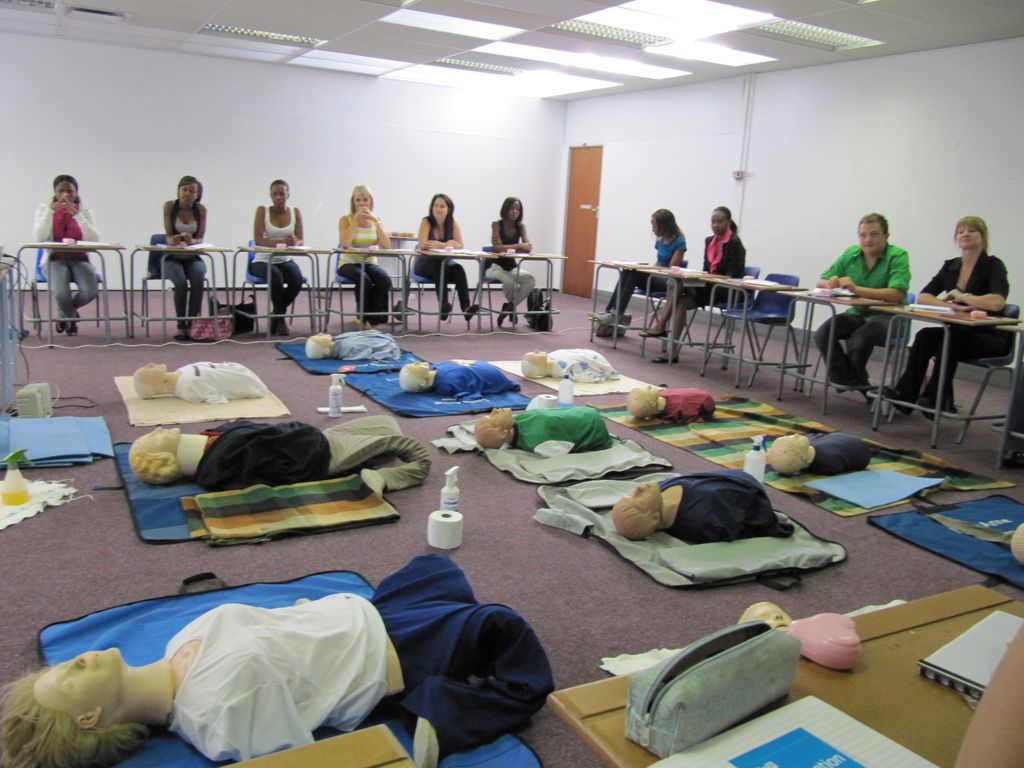
3. Aeroplane evacuation training.
Emergency Evacuation is the urgent abandonment of an aircraft utilising all useable exits. Ninety seconds has been set as the maximum evacuation time because tests have shown that, in a post-crash fire, conditions conducive to flashover are unlikely to occur within that time span.
Cabin crew training institute include cabin simulators which are built with large pools next to them so water landing and evacuation procedures can be practised.
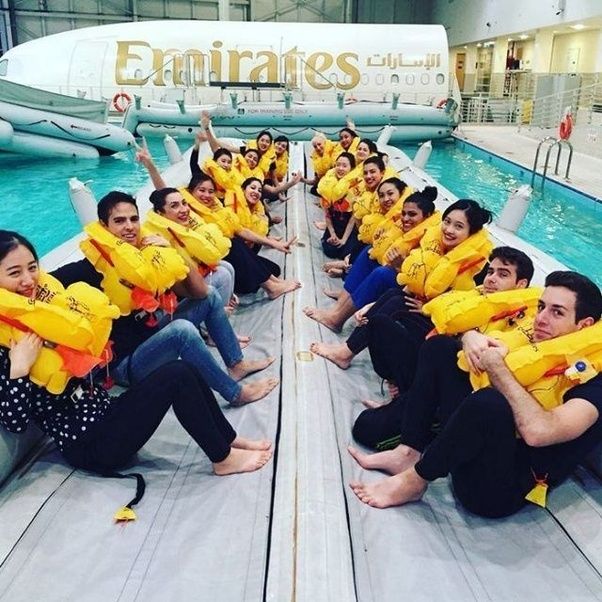
4. Final training.
The last stage of training is known as simulator training, in which they test the potential of a flight attendant. It is basically a series of training which includes an unexpected situation in a cabin simulator with several other flight attendants and involving actors playing passengers. These training exercises are intended to test your problem-solving, group interaction abilities and also gives an idea of a real-life situation approach.
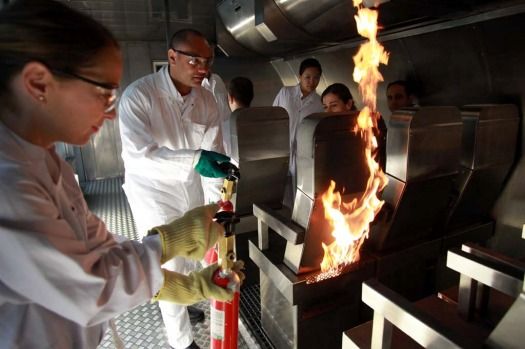
These are the four stages of cabin crew training.
The above article is based on the answers of Quora because real training always remains confidential.
Connect with us @the.man.like.manyavar at Instagram.
“The more that you read, the more things you will know. The more that you learn, the more places you’ll go.”
